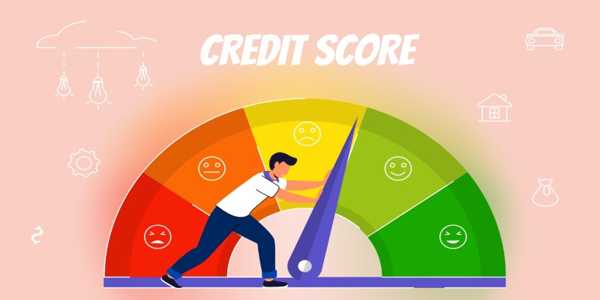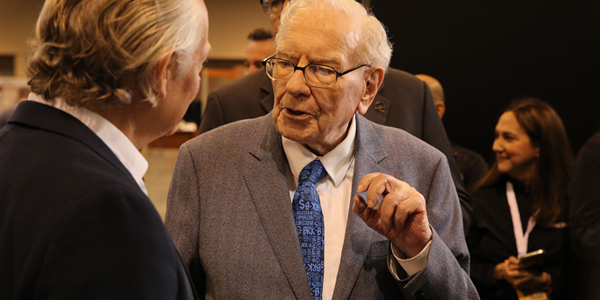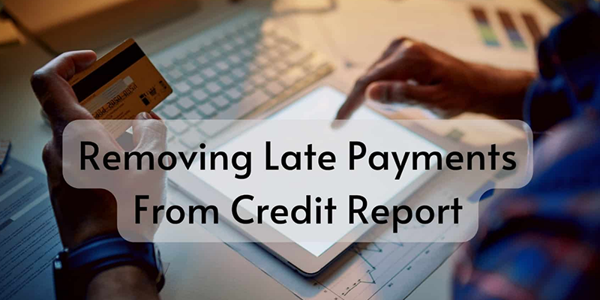How Can You Start Investing With Little Money
Ever feel like investing is only for people with deep pockets and financial advisors on speed dial? The truth is far from it. Even if you're starting with just a little bit of money, there are plenty of innovative, strategic ways to begin your investment journey.
So, how do you go from spare change to a growing portfolio? Let's walk through the mindset, tools, and practical steps that can help you invest confidently, even on a tight budget.
Why Does Starting Small Matter More Than You Think?
It's easy to delay investing because you assume you need hundreds or thousands to get started. However, here's the key point: time in the market beats timing the market. In other words, the earlier you begin—even with small amounts—the better your long-term potential.

Many beginner investors overlook this fundamental truth. Starting small builds the habit. It gets you familiar with the ups and downs of investing. And thanks to new apps and platforms, it's now easier than ever to put your money to work with just a few dollars.
What Should You Know Before You Begin?
Before jumping into your first investment, it's worth doing some groundwork. Here are two areas to understand right from the start:
Know Your Financial Priorities
Investing is a powerful tool—but only if your foundation is solid. If you're drowning in high-interest debt or don’t have an emergency fund, tackle those first. A good rule of thumb is to have 3–6 months of living expenses saved in a high-yield savings account before committing serious money to investments.
Learn The Basics Of Risk And Return
No investment is entirely risk-free. But not all risks are created equal. Stocks, bonds, real estate, crypto—they all carry different levels of risk and potential reward. The key is figuring out your comfort zone. Are you okay with seeing your investment temporarily decrease if it means greater growth over time? Or do you prefer something steadier, even if it grows slowly?
Understanding these basics will help you make smarter, more confident choices as you go.
How Can You Start Investing With Just $5?
The great news? You don’t need to wait until you “have enough.” Several platforms today let you begin investing with as little as $1 or $5.
Try Micro-Investing Apps
Apps like Acorns, Stash, or Public allow you to invest small amounts through a user-friendly experience. Some even round up your everyday purchases to the nearest dollar and invest the spare change automatically. It's an easy way to build a portfolio without even realising it.
Fractional Shares Make Investing Accessible
Traditionally, if a single share of a big-name company like Amazon or Tesla costs $2,000, you'd need that full amount to buy in. But now, many platforms let you buy fractional shares—a portion of one share—so you can invest $10 or even $1 into expensive stocks.
Take Advantage Of Employer-Sponsored Retirement Accounts
If your job offers a retirement plan, such as a 401(k), don't ignore it. You can often start contributing with just 1% of your paycheck. Better yet, if your employer offers matching contributions, that's free money. Even if your budget feels tight, try to contribute enough to receive the full match; otherwise, you'll be leaving easy gains behind.
What Are The Best Investment Options For Small Budgets?
You don't need a large amount of money to build a diversified portfolio. Diversification—spreading your money across different assets—is one of the easiest ways to reduce risk.
Here are some beginner-friendly investment types you can explore:
Index Funds And ETFs
These are baskets of stocks or bonds that you can invest in all at once. They offer built-in diversification, which means you don't have to pick individual stocks. Many ETFs track major indexes, such as the S&P 500, and have low fees.

You can get started with ETFs through apps like Fidelity, Schwab, or Vanguard—many of which don’t have minimum investment amounts anymore.
High-Yield Savings Accounts Or CDs
Not quite investing, but worth mentioning. If you're starting and worried about risk, a high-yield savings account or Certificate of Deposit (CD) can be a good place to earn a bit of interest while you build up funds.
Robo-Advisors
If you prefer a hands-off approach, robo-advisors like Betterment or Wealthfront create a customised investment plan tailored to your goals and risk tolerance. You can start with low minimums, and the automation takes care of the rest.
How Often Should You Invest?
One significant myth in investing is that you must time the market perfectly. But in reality, consistency wins.
Instead of waiting to invest a significant lump sum, make small, regular contributions. This method, known as dollar-cost averaging, helps reduce the impact of market volatility. You're buying more shares when prices are low and fewer when prices are high, which averages out over time.
Even $10 a week adds up. Over months and years, the snowball effect of compound interest can surprise you.
Can You Still Invest If You Have Debt?
Yes, you can—but with a strategy.
Not all debt is created equal. High-interest credit card debt (say, anything over 15%) should be prioritised before you invest. The interest charges can wipe out any investment gains. But lower-interest student loans or mortgages? You can often invest while still paying those off, especially if you have a long-term plan.
Balance is the goal here. It's okay to invest a small amount while working toward debt freedom.
Growing Your Wealth, One Step At A Time
You don’t need to be rich to invest—but you do need to start. With today’s tools and platforms, there's no reason to wait for “someday.” Whether it’s $5, $50, or $100, investing small amounts consistently builds momentum. And that momentum is the key to future financial freedom. Start now, learn as you go, and let your money work just as hard as you do.







